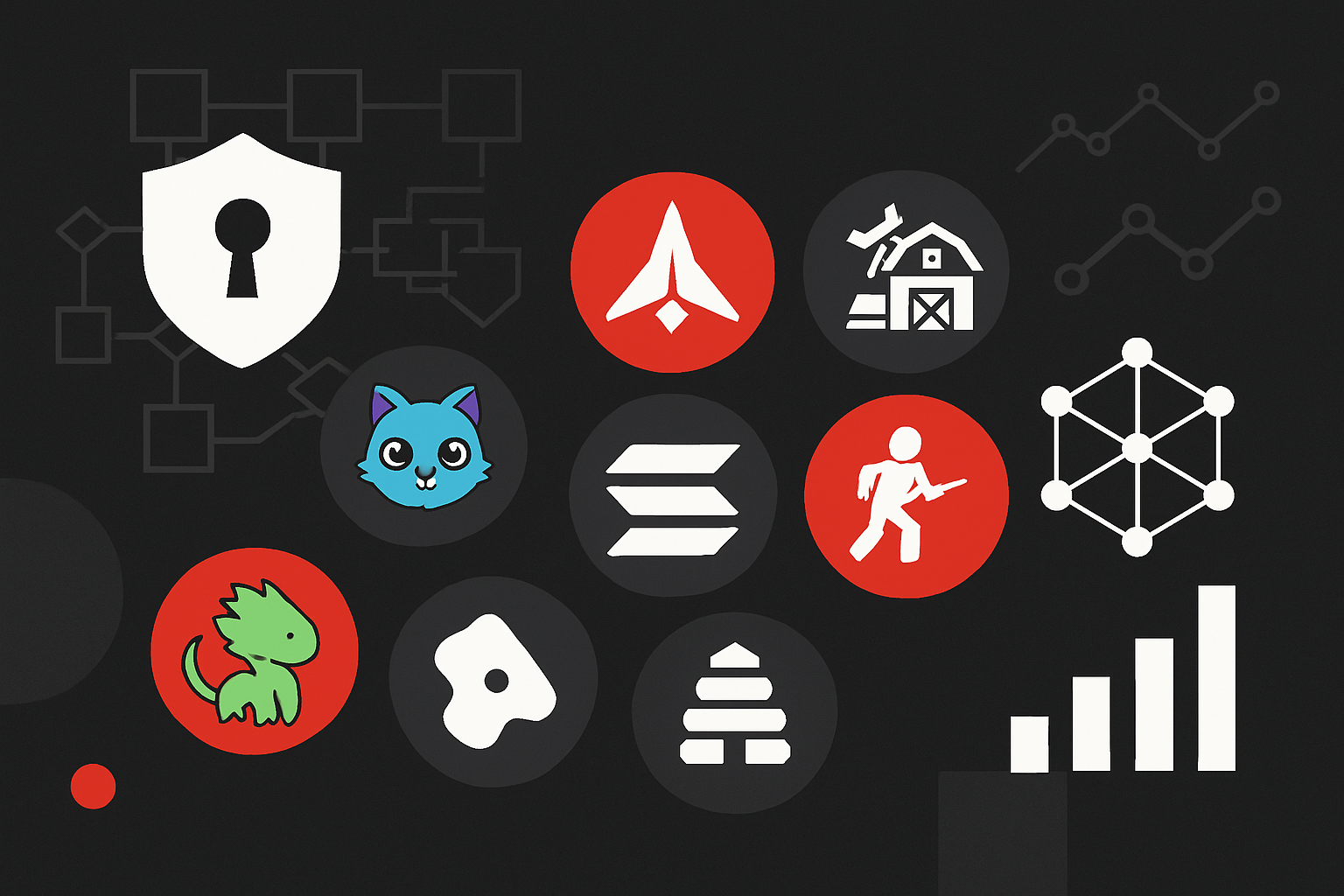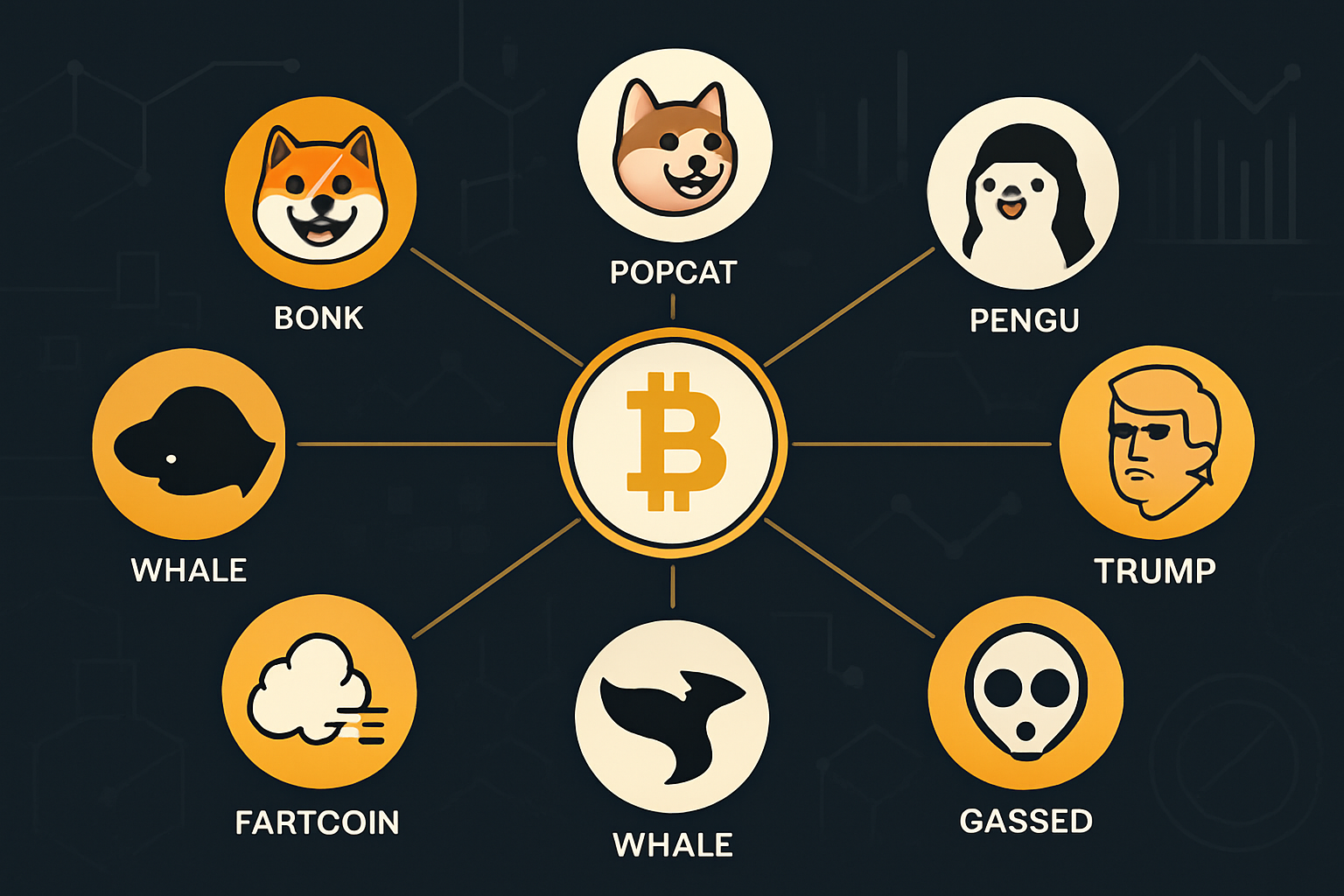
The payments landscape is experiencing a seismic shift in 2025, with Solana-based stablecoin checkouts gaining traction as the backbone of next-generation e-commerce. Stripe’s recent move to support USDC payments on Solana isn’t just a technical upgrade; it’s a strategic leap that aligns digital commerce with the demands of a global, always-on economy. Merchants and consumers alike are witnessing the dawn of instant, borderless, and cost-effective transactions, without ever touching crypto wallets if they don’t want to.

Stripe Stablecoins on Solana: The New Standard for Crypto E-Commerce
Stripe’s integration of stablecoin payments via Solana is more than a nod to crypto enthusiasts, it’s a calculated response to inefficiencies plaguing traditional payment rails. Solana Pay’s Shopify plug-in marked a turning point in August 2023, opening the door for millions of merchants to accept USDC with near-zero friction. In practical terms, this means:
Key Benefits of Solana Stablecoin Checkouts for Merchants
-
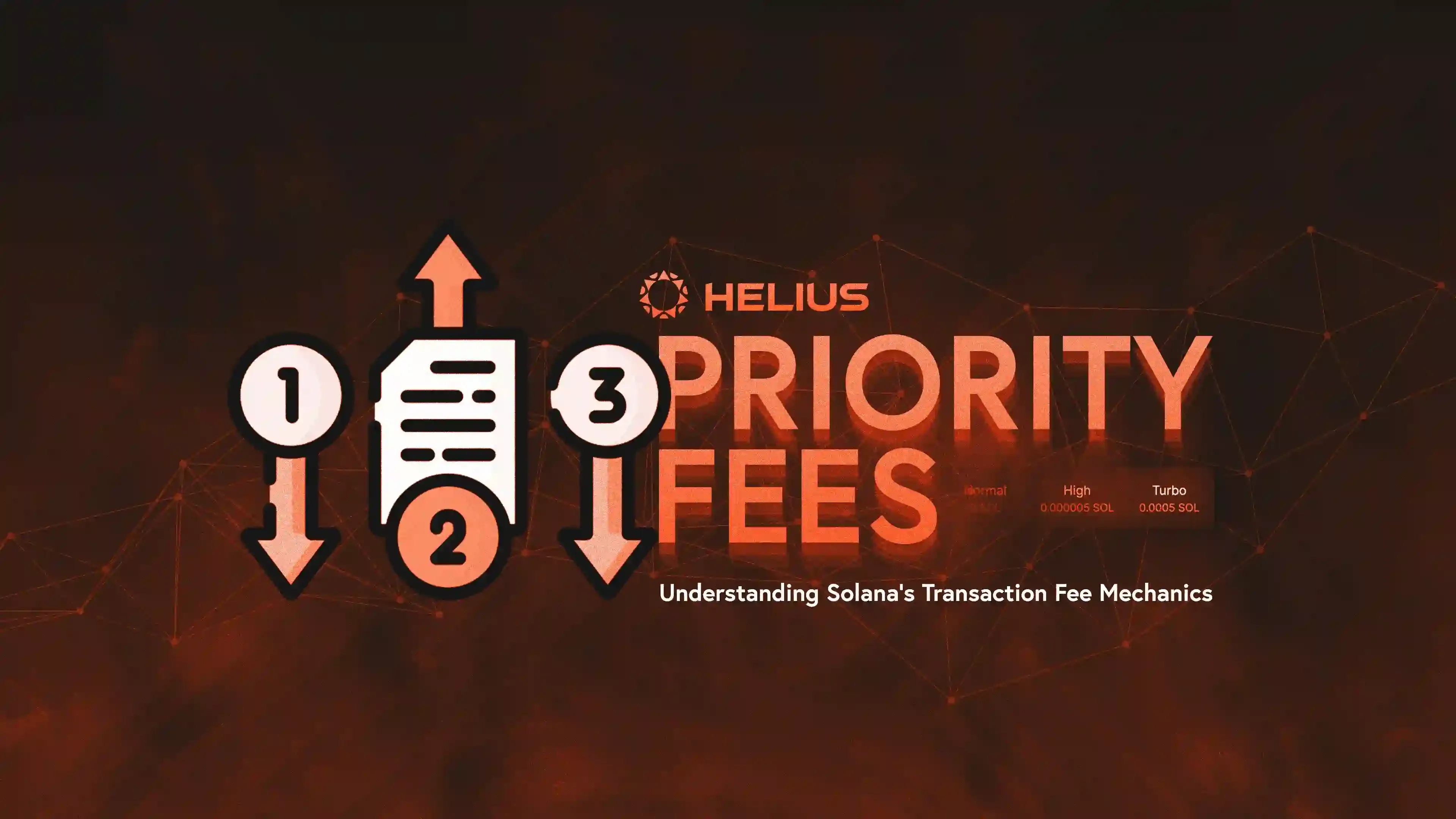
Significantly Lower Transaction Fees: Solana’s network fees are a fraction of traditional credit card processing costs (often 1.5%–3.5%), enabling merchants to maximize profit margins on every sale.
-
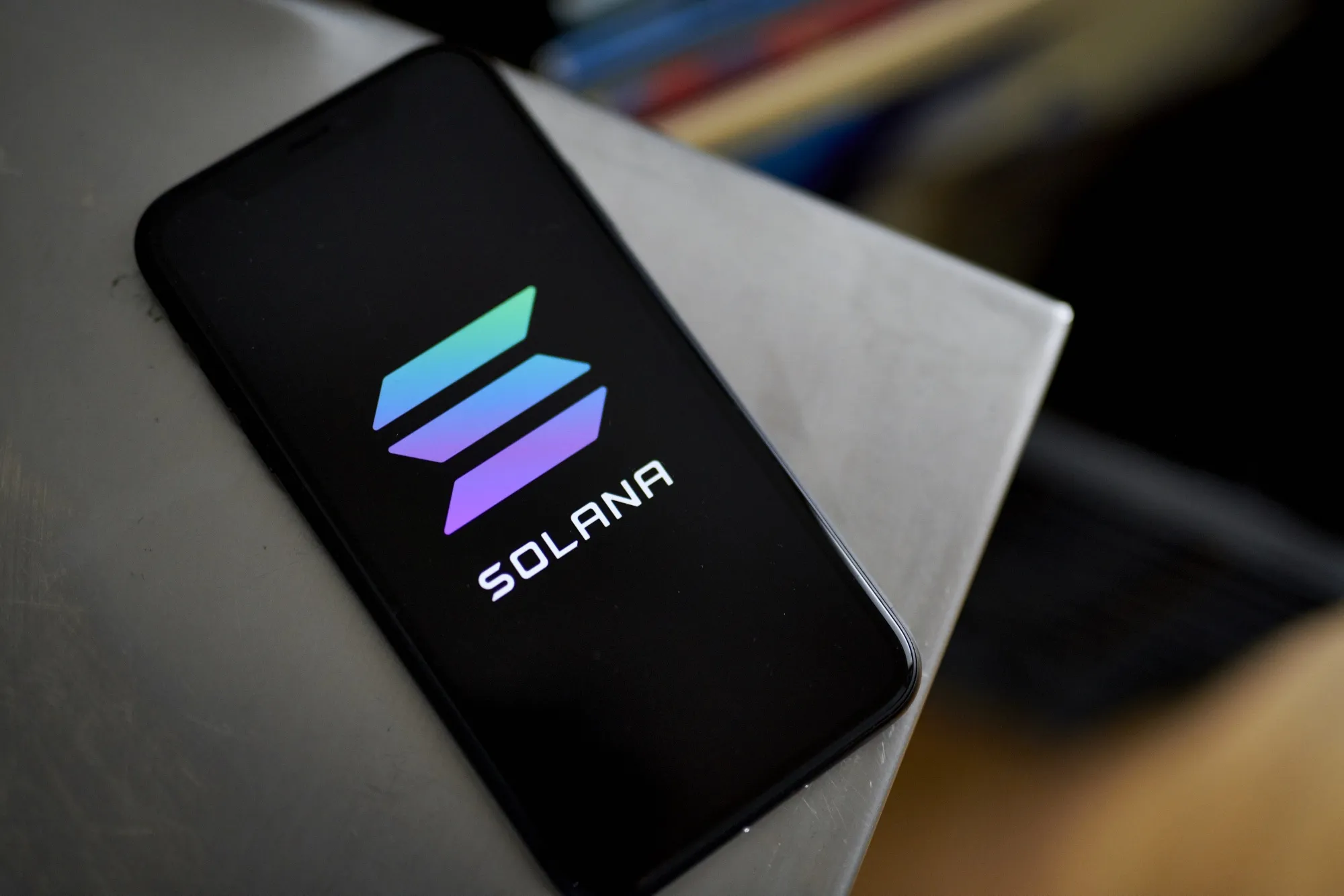
Near-Instant Settlement: Payments via Solana stablecoins like USDC settle in real time, improving cash flow and providing immediate transaction confirmation for both merchants and customers.
-

Global Reach Without Currency Conversion: Accepting stablecoins such as USDC on Solana allows merchants to serve international customers seamlessly, eliminating the need for complex currency conversions and associated fees.
-
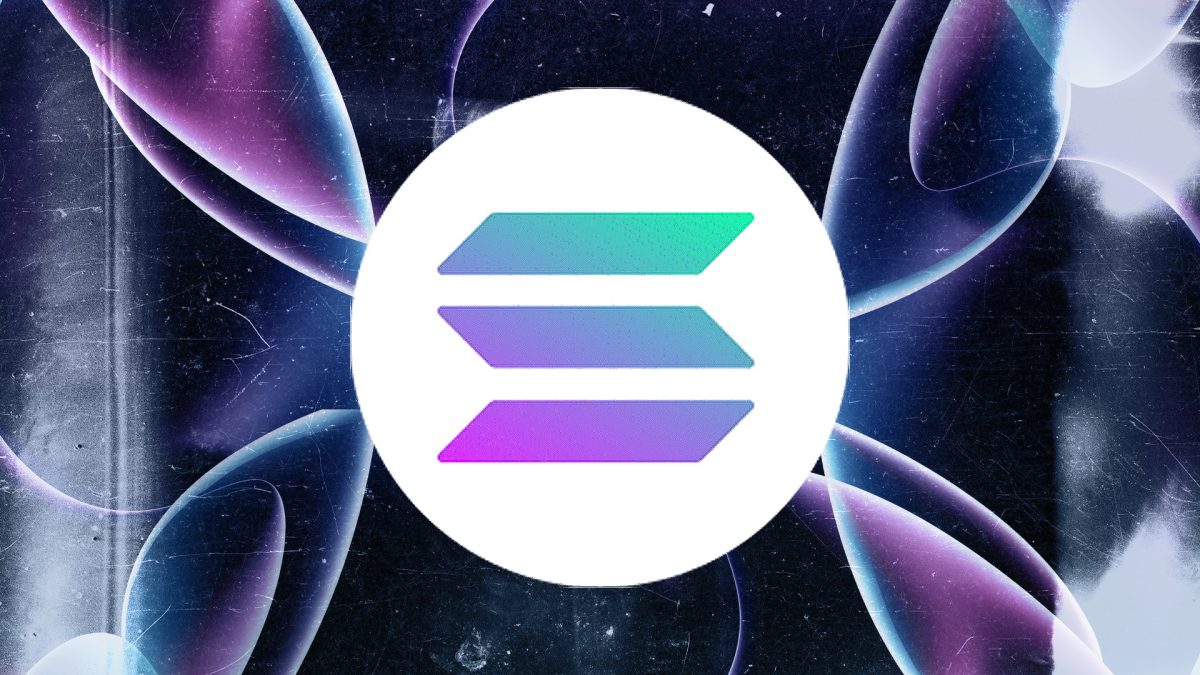
Enhanced Security and Reduced Fraud Risk: Blockchain-based payments on Solana offer robust security, reducing the risk of fraud and chargebacks compared to traditional payment methods.
-
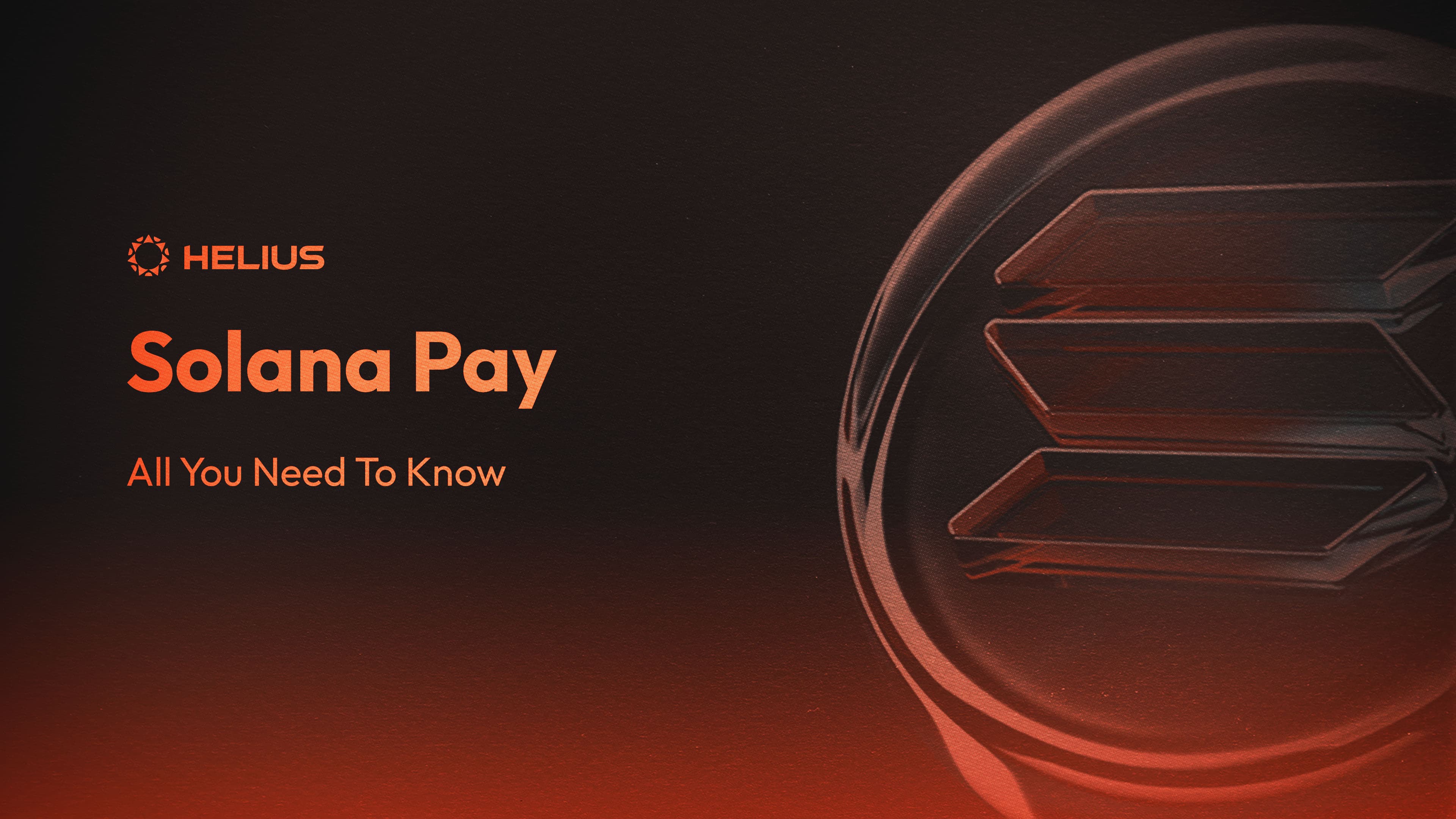
Seamless Integration with Major Platforms: Solana Pay’s integration with Shopify and partnerships with processors like BitPay make it easy for merchants to add stablecoin checkout options to existing e-commerce stores.
-

Flexible Payment Options: Merchants can accept not only USDC but also SOL and USDT, catering to a broader customer base and tapping into active crypto communities.
-
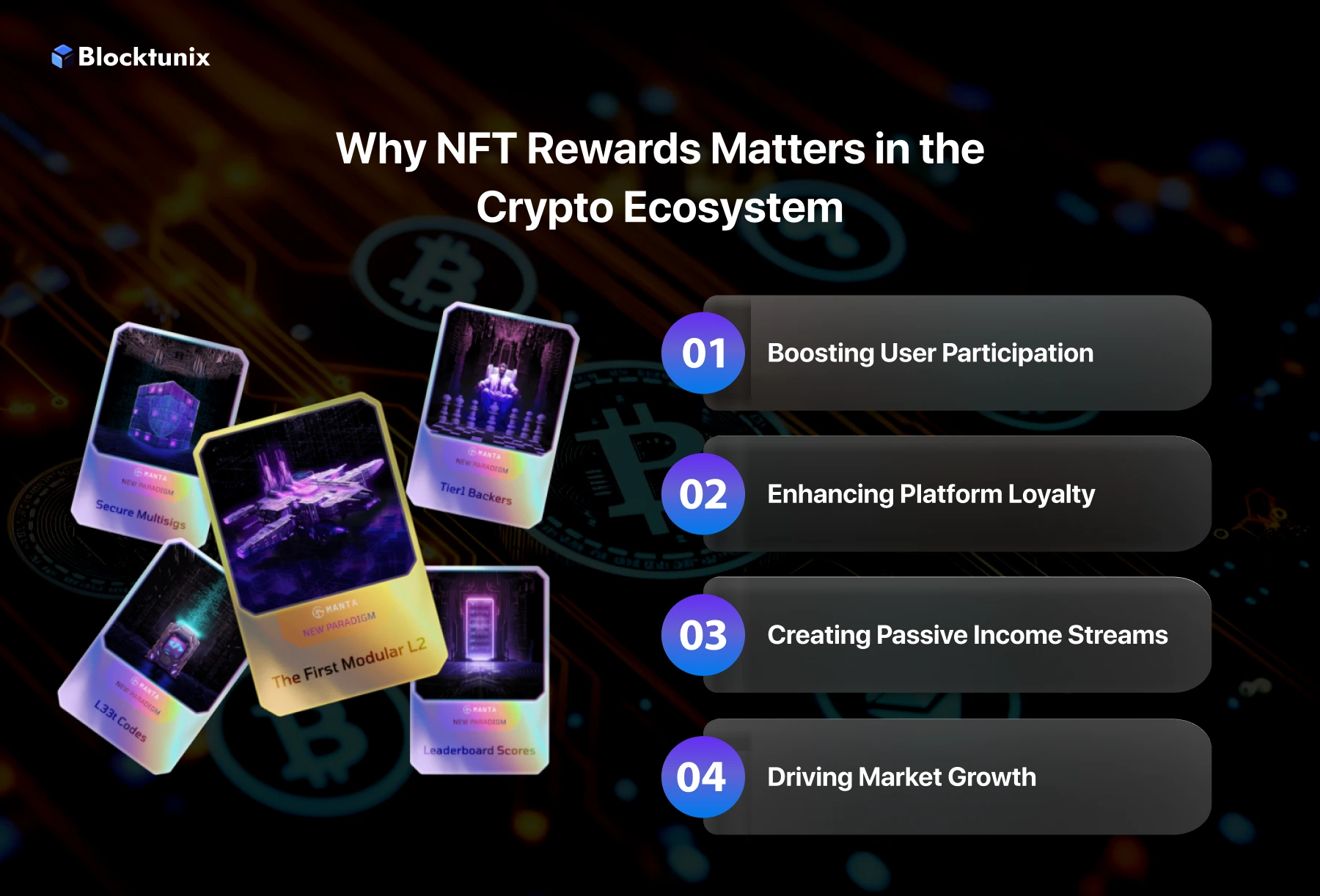
Innovative Customer Engagement Tools: Solana Pay enables blockchain-based loyalty programs and NFT rewards, helping merchants enhance customer engagement and retention.
The ability to settle payments as fiat directly into Stripe balances removes volatility risk and regulatory headaches that have historically kept mainstream businesses at arm’s length from crypto. Now, anyone from indie creators to global brands can tap into stablecoin liquidity without holding or managing tokens themselves.
How Stablecoins Work, and Why They Matter for Merchants
A stablecoin like USDC is pegged 1: 1 to the U. S. dollar and operates natively on multiple blockchains, including Solana, where transaction fees are measured in fractions of a cent. For merchants, this translates into lower overhead compared to credit cards (which often charge 1.5%-3.5%), instant settlements instead of multi-day bank holds, and real-time access to global customers who might otherwise be excluded by geography or currency barriers.
The magic lies in Stripe’s infrastructure: customers pay with USDC on Solana; Stripe converts it seamlessly; merchants see dollars credited in their Stripe account. This process is invisible to end users but transformative behind the scenes.
The Expanding Solana Payments Ecosystem in 2025
Solana Pay hasn’t stopped at USDC or Shopify. The protocol now supports additional tokens, including SOL itself and viral memecoins like BONK, broadening appeal across retail segments and Web3-native audiences alike (source). August 2025 saw BitPay add support for SOL, USDC, and USDT on Solana, a move that cements the network as a credible alternative for real-world commerce (details here).
Key Integrations Accelerating Solana E-Commerce Payments
-
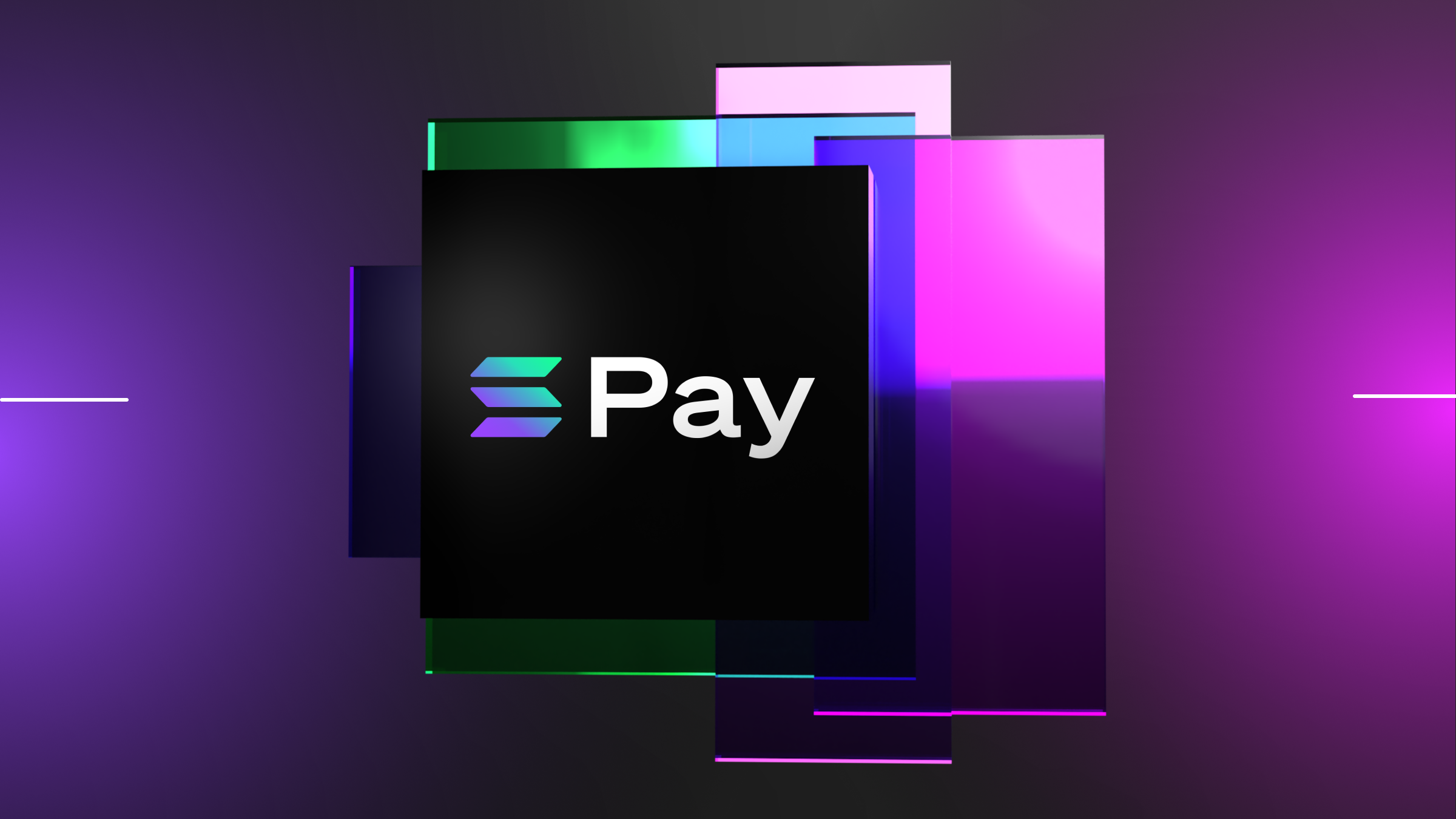
Solana Pay x Shopify: In August 2023, Solana Pay launched an integration with Shopify, enabling millions of merchants to accept USDC payments with near-instant settlement and minimal fees. This partnership also unlocks blockchain-based loyalty programs and NFT rewards for customers.
-

BitPay Adds Solana Support: In August 2025, leading crypto payment processor BitPay announced support for the Solana blockchain. Merchants worldwide can now accept SOL, USDC, and USDT payments, expanding Solana’s reach in mainstream commerce.
-
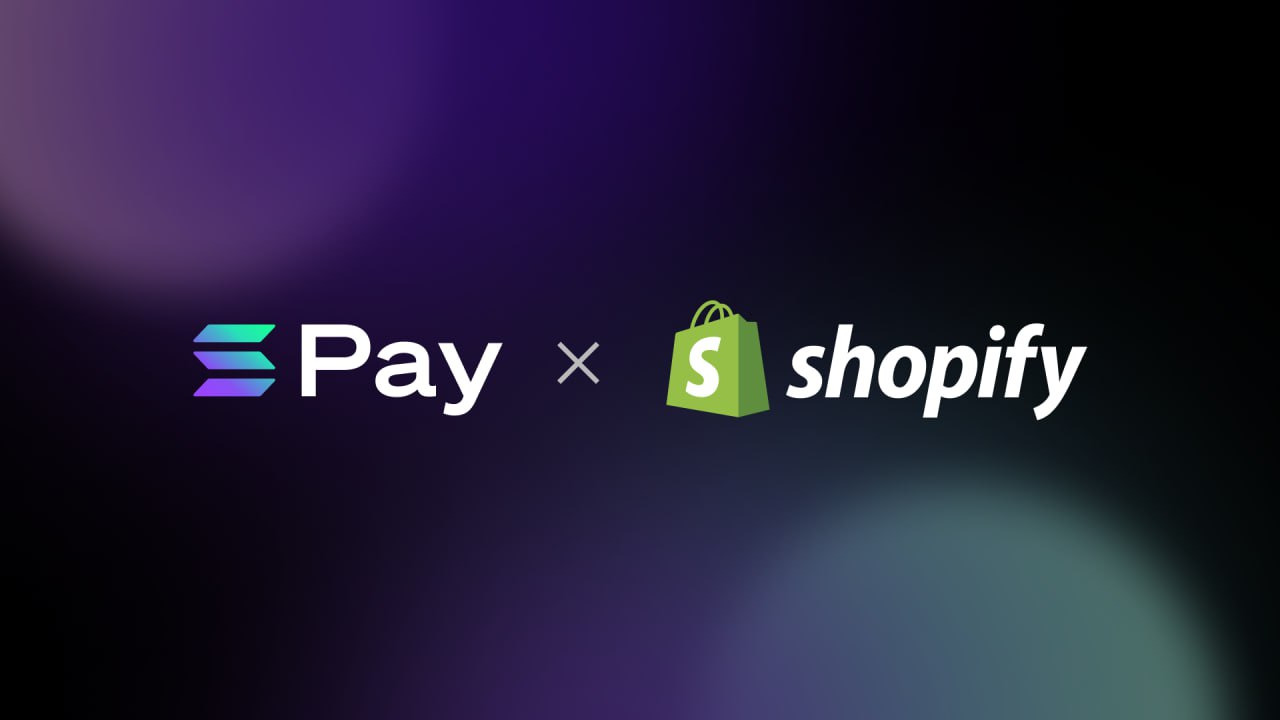
Stripe Stablecoin Payments on Solana: Stripe now allows businesses to accept USDC payments on Solana, with settlements made as fiat in their Stripe balance. This seamless bridge between crypto and traditional finance streamlines global e-commerce.
-

Solana Pay’s Multi-Asset Expansion: Solana Pay has broadened its payment options beyond USDC to include SOL and popular tokens like BONK, catering to diverse crypto communities and increasing customer choice at checkout.
-
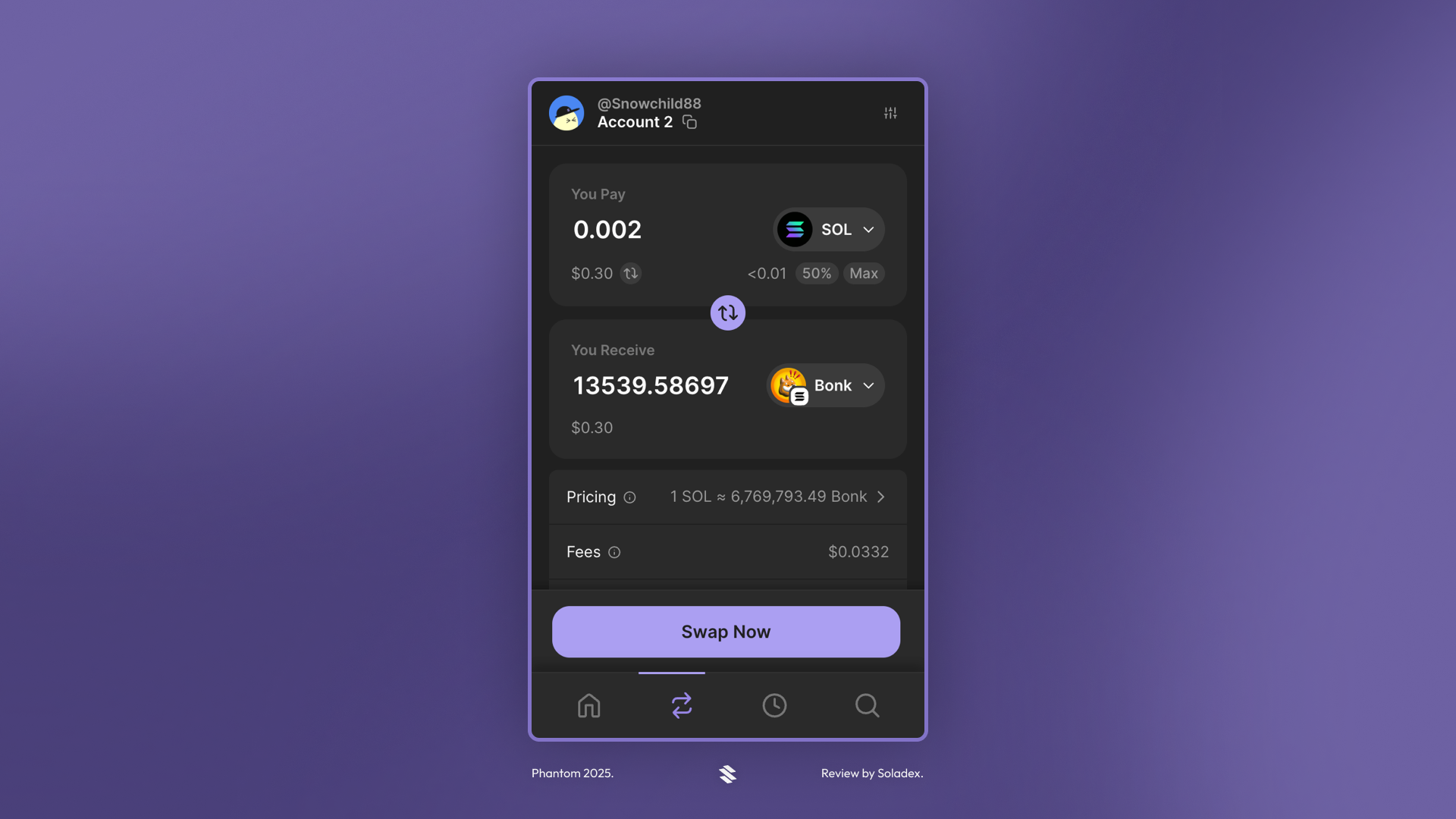
Phantom Wallet Integration: The Phantom wallet, a leading Solana wallet, is integrated into major Solana Pay and Stripe payment flows, allowing users to pay with USDC and other supported tokens directly from their wallets for a frictionless checkout experience.
This rapid expansion is not just technical progress, it reflects a strategic push by payment processors and blockchain developers alike to capture market share from legacy systems weighed down by fees, latency, and geographic restrictions.
What’s most notable is how these developments are converging to create a frictionless experience for both merchants and consumers. The days of clunky crypto checkouts, manual wallet connections, and opaque transaction statuses are fading. Today, Solana payments powered by Stripe feel as seamless as any card-based purchase, only faster and cheaper. For high-volume retailers, the savings on transaction fees alone can be transformative, while smaller merchants benefit from instant settlement and global reach without the compliance burden of holding digital assets.
At the same time, stablecoin adoption is reshaping consumer expectations. With USDC on Solana, cross-border shopping becomes as simple as buying local. There’s no waiting for international transfers or worrying about fluctuating exchange rates, just real-time confirmation and peace of mind that funds will arrive as intended.
Solana Stablecoin Checkout: Practical Use Cases
The versatility of Solana stablecoin checkout is already being tested across diverse sectors:
Real-World Businesses Using Solana Stablecoin Payments in 2025
-
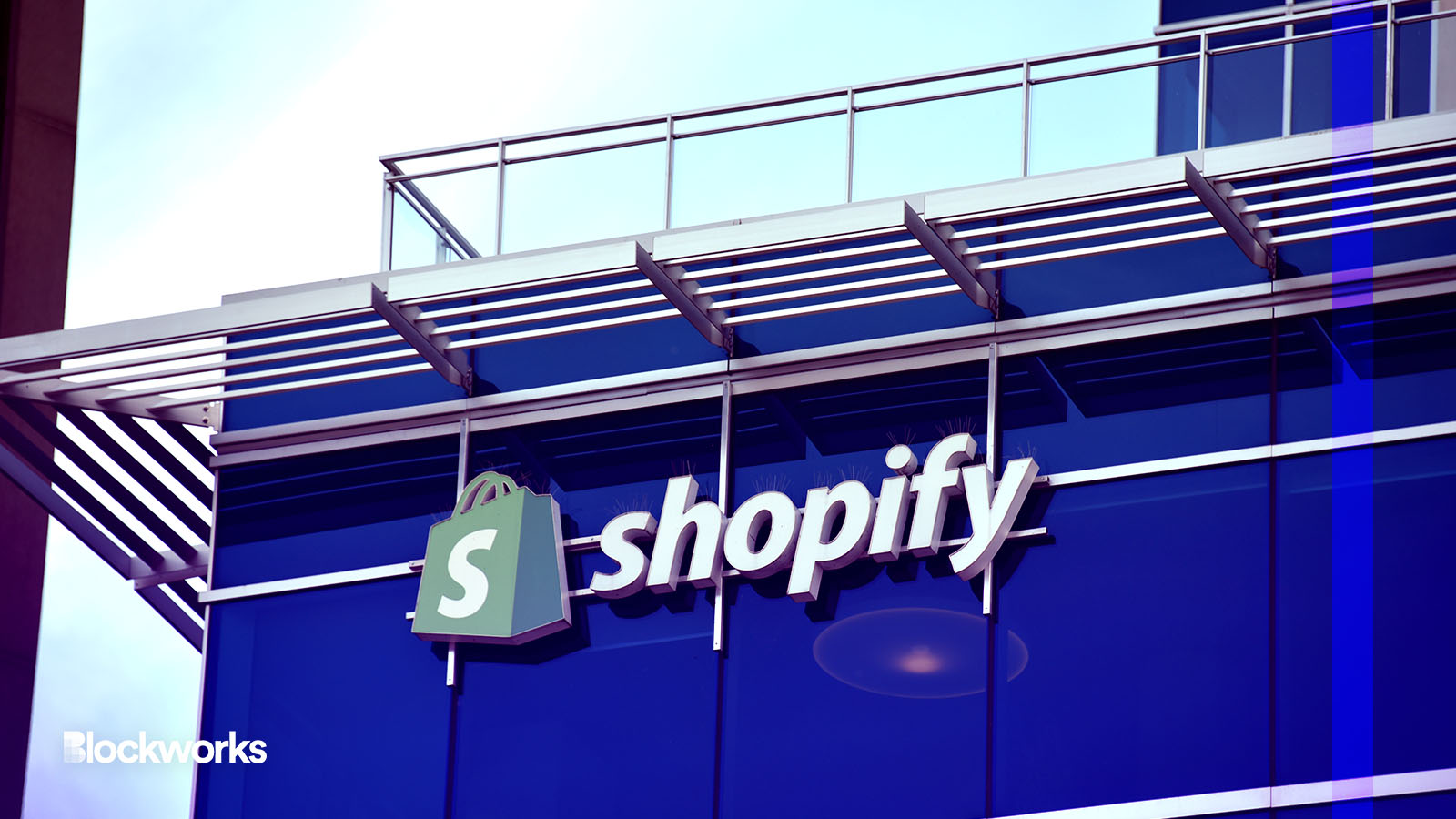
Shopify Merchants via Solana Pay: Since August 2023, Shopify merchants can accept USDC stablecoin payments on Solana through the Solana Pay integration. This enables near-instant, low-fee transactions and supports blockchain-based loyalty programs and NFT rewards.
-
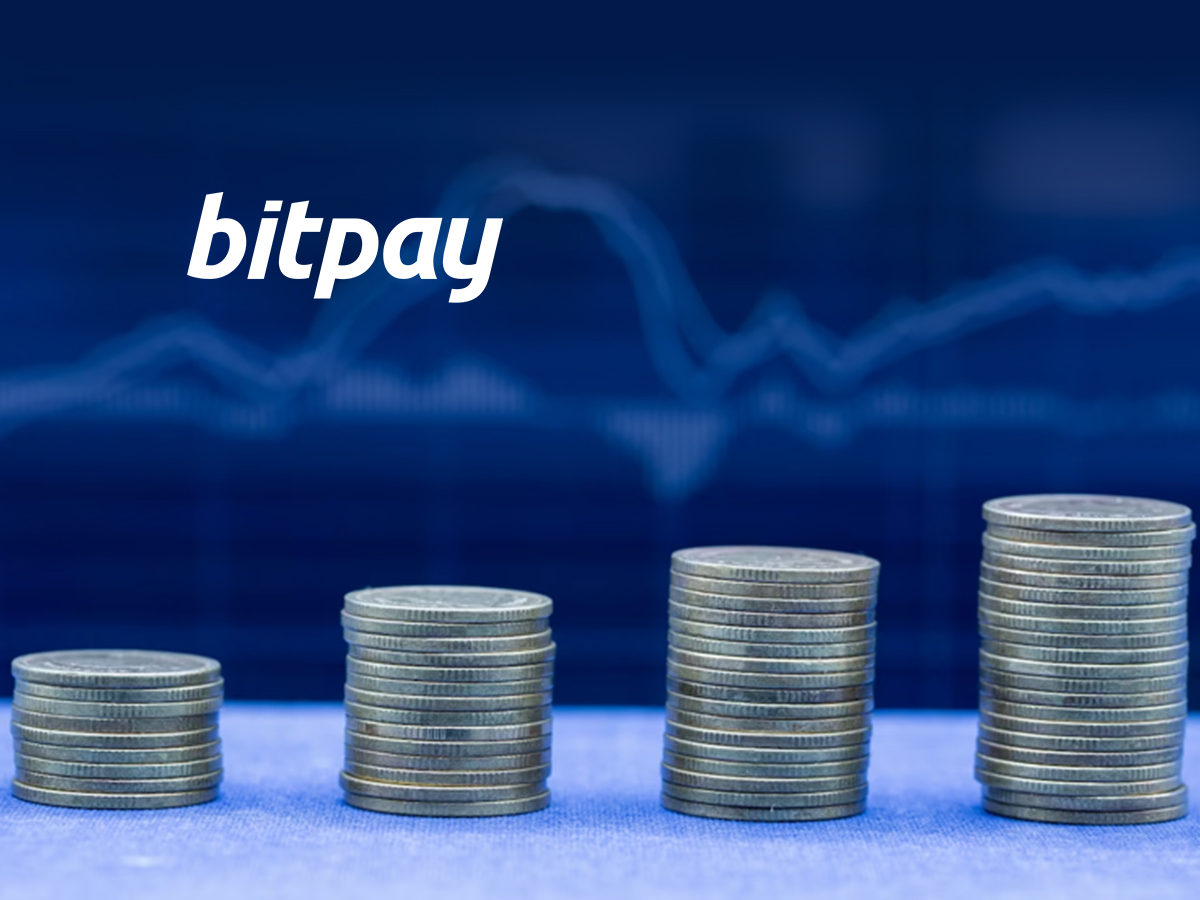
BitPay-Enabled Businesses: In August 2025, BitPay added support for Solana-based stablecoins (USDC, USDT) and SOL, allowing thousands of global merchants—including e-commerce, travel, and digital goods providers—to accept Solana payments seamlessly.
-
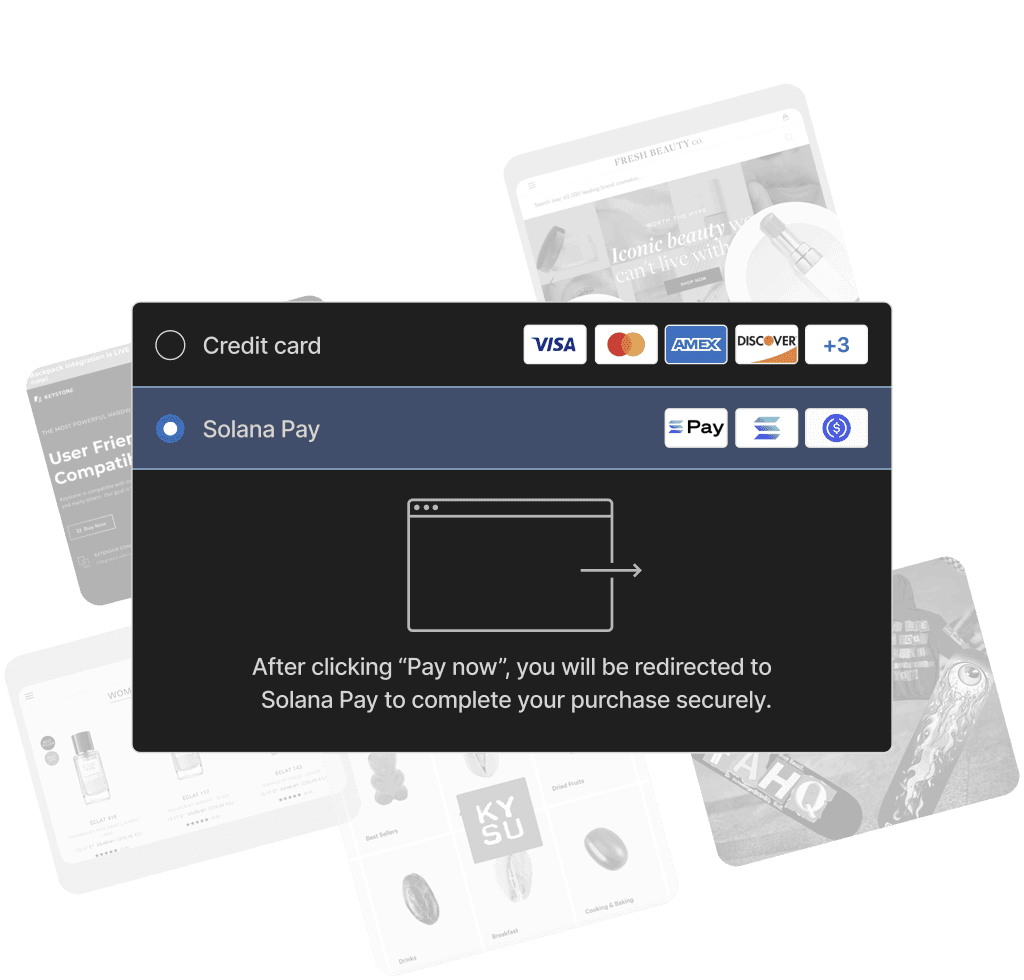
Helio-Powered Online Retailers: Helio offers Solana Pay payment solutions to online retailers, enabling them to accept USDC and SOL payments with instant settlement and minimal fees. Helio’s platform is used by digital creators, SaaS providers, and e-commerce stores.
-

Phantom Wallet-Integrated Merchants: Businesses integrating Phantom Wallet can now accept USDC payments on Solana through Stripe’s stablecoin checkout, providing a seamless Web3 payment experience for users.
From digital goods marketplaces to SaaS platforms and even in-person events, merchants are leveraging Solana’s speed and Stripe’s fiat settlement to deliver superior customer experiences. Loyalty programs built around NFTs or memecoin rewards are becoming commonplace, deepening engagement beyond a simple transaction.
The Competitive Edge: Security, Speed, and Scale
Security remains paramount in digital commerce, and here, blockchain delivers. Transactions on Solana are cryptographically verified and immutable, reducing fraud risk and eliminating costly chargebacks that plague traditional payment systems. Combined with sub-second settlement times (even during periods of network congestion), this positions Solana stablecoin checkout as not just an alternative but a clear upgrade over legacy rails.
Scalability is another critical factor. As e-commerce volumes surge globally, especially in emerging markets, Solana’s architecture ensures that transaction costs remain negligible (fractions of a cent) regardless of scale. This cost-efficiency is now accessible to anyone via Stripe’s familiar interface.
Looking Ahead: What’s Next for Crypto E-Commerce?
The momentum behind Solana payments isn’t slowing down. As more payment processors integrate with the network, and as regulatory clarity around stablecoins grows, the barriers to entry for mainstream adoption continue to fall away. By 2025, we’re seeing not just early adopters but entire retail verticals embracing stablecoins for their blend of efficiency, compliance readiness, and global accessibility.
This shift has implications far beyond checkout flows or merchant fees; it signals a reimagining of how value moves online. With Stripe stablecoins on Solana now available at the click of a button, and with BitPay adding further support, the foundation for truly borderless commerce has never been more robust (see more).
The race is on among payment giants to redefine what seamless global commerce looks like in practice. For those building or scaling online businesses in 2025, integrating Solana stablecoin checkout isn’t just about keeping up, it’s about getting ahead.



